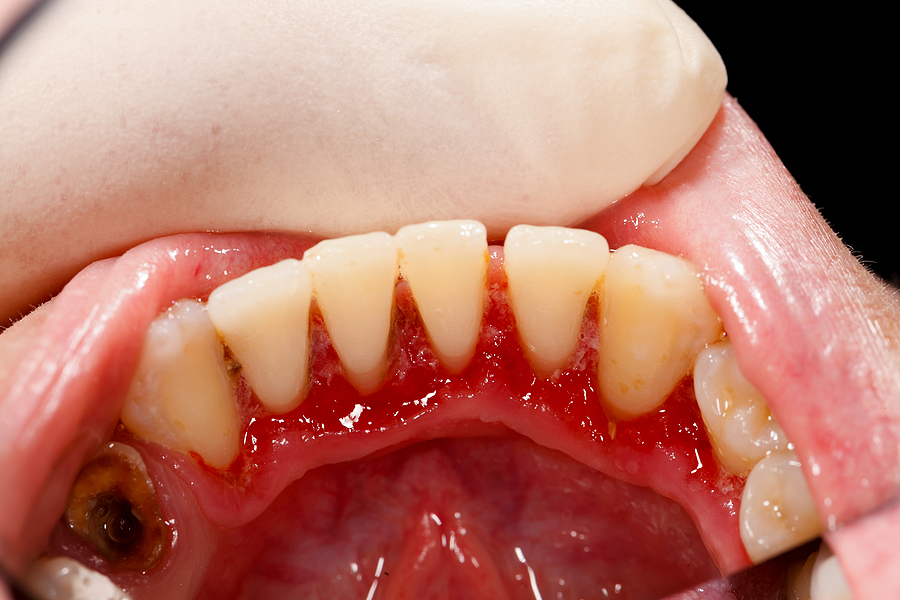Although exact practices employed by dentists may vary slightly on a patient to patient basis, the basic principles of sinus lift surgery are the same.
As with other implant surgery, bone graft surgery can be performed under a local anesthetic. If a patient is undergoing extensive bone graft surgery and insertion of implants, it may be preferable to have a general anesthetic, as it can be an uncomfortable few hours with just a local anesthetic.
After anesthesia the dentist will make an incision into the gum where the implant is planned, .to expose the jawbone. The jawbone is then cut to make a movable flap which is pressed gently upwards into the sinus cavity, taking with it the sinus membrane. The sinus lift is, thus, completed and the empty space underneath where the bone was removed is then filled with bone graft material. This bone graft material may be harvested from the patient, or it can be synthetic.
When the sinus graft has been successfully completed the dentist may insert the dental implants immediately, but more often, the dentist will allow a healing period of at least 6 months before undertaking implant surgery.
Advantages of Sinus Lift Surgery
For patients with anatomical structures that do not provide enough space for dental implants, sinus lift surgery will certainly be advantageous. Also, patients with bone loss, either as a result of gum disease or as a result of certain cancer treatments, will also benefit from a bone graft procedure and dental implants. Obviously, if a patient is wanting to have dental implants, a firm, supportive base is necessary to support the implants, and the only way of achieving this satisfactorily for some patients is a sinus lift.
Office Hours
MON9:30 am-1:00 pm, 2:00 pm-5:00 pm
TUEClosed
WED10:30 am-3:00 pm, 4:00 pm-6:30 pm
THUClosed
FRI - SAT9:30 am-1:00 pm, 2:00 pm-5:00 pm
SUNClosed





